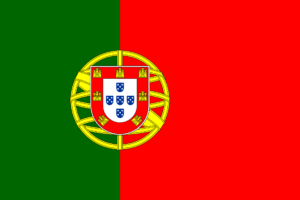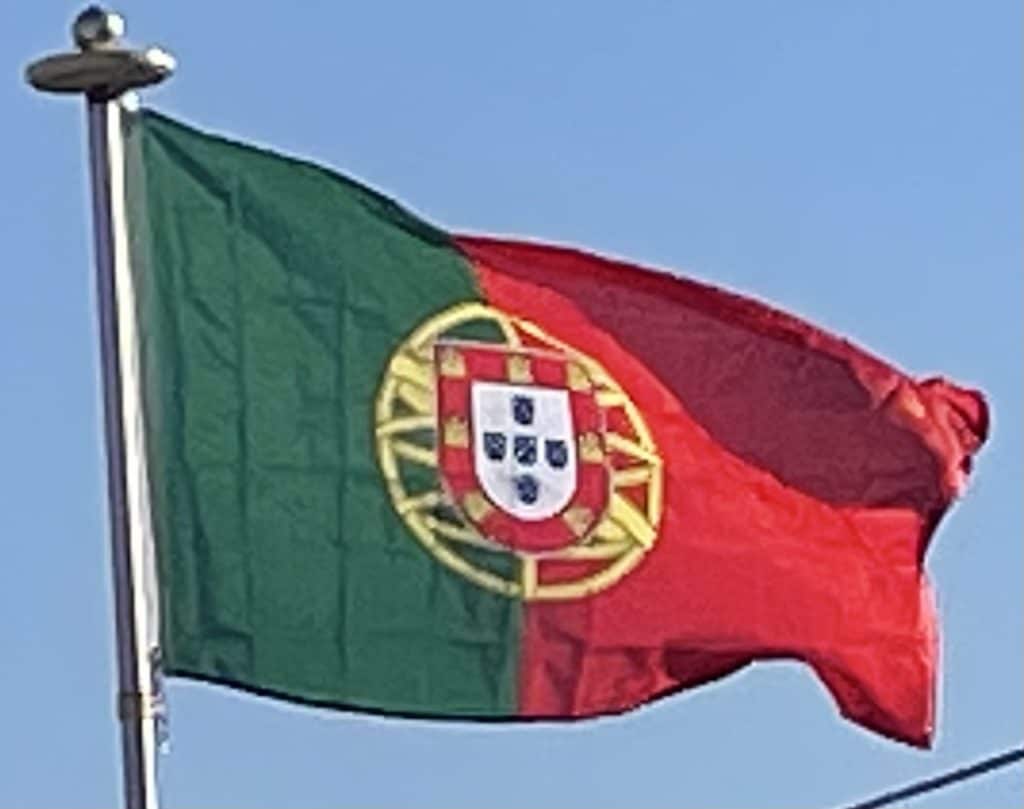
The conjugation of the new field colors, especially the use of green, was not traditional in the Portuguese national flag’s composition and represented a radical republican-inspired change that broke the bond with the former monarchical flag. Since a failed republican insurrection on 31 January 1891, red and green had been established as the colors of the Portuguese Republican Party and its associated movements, whose political prominence kept growing until it reached a culmination period following the Republican revolution of 5 October 1910. In the ensuing decades, these colors were popularly propagandized as representing the hope of the nation (green) and the blood of those who died defending it (red), as a means to endow them with a more patriotic and dignified, therefore less political, sentiment.
The current flag design represents a dramatic change in the evolution of the Portuguese standard, which had always been closely associated with the royal arms, blue and white. Since the country’s foundation, the national flag developed from the blue cross-on-white armorial square banner of King Afonso I to the liberal monarchy’s arms over a blue-and-white rectangle.
